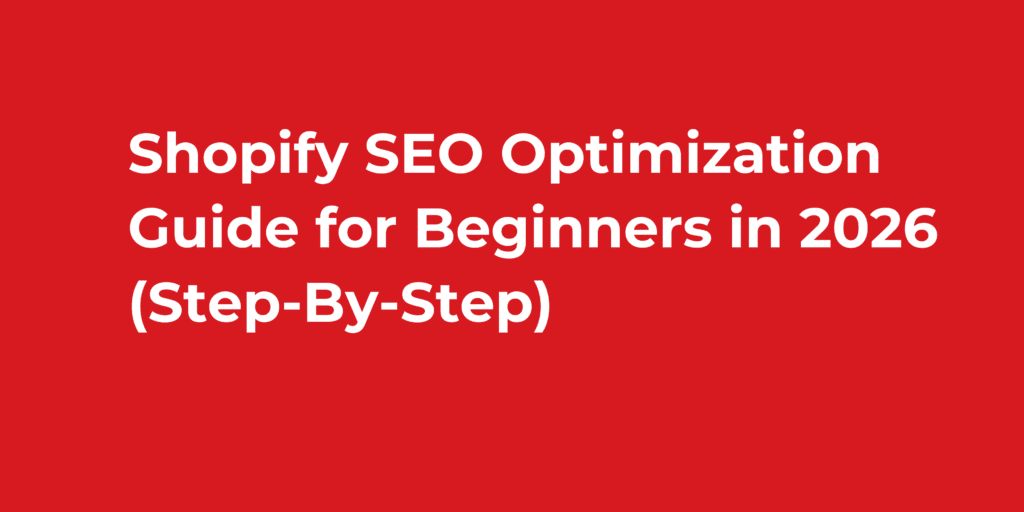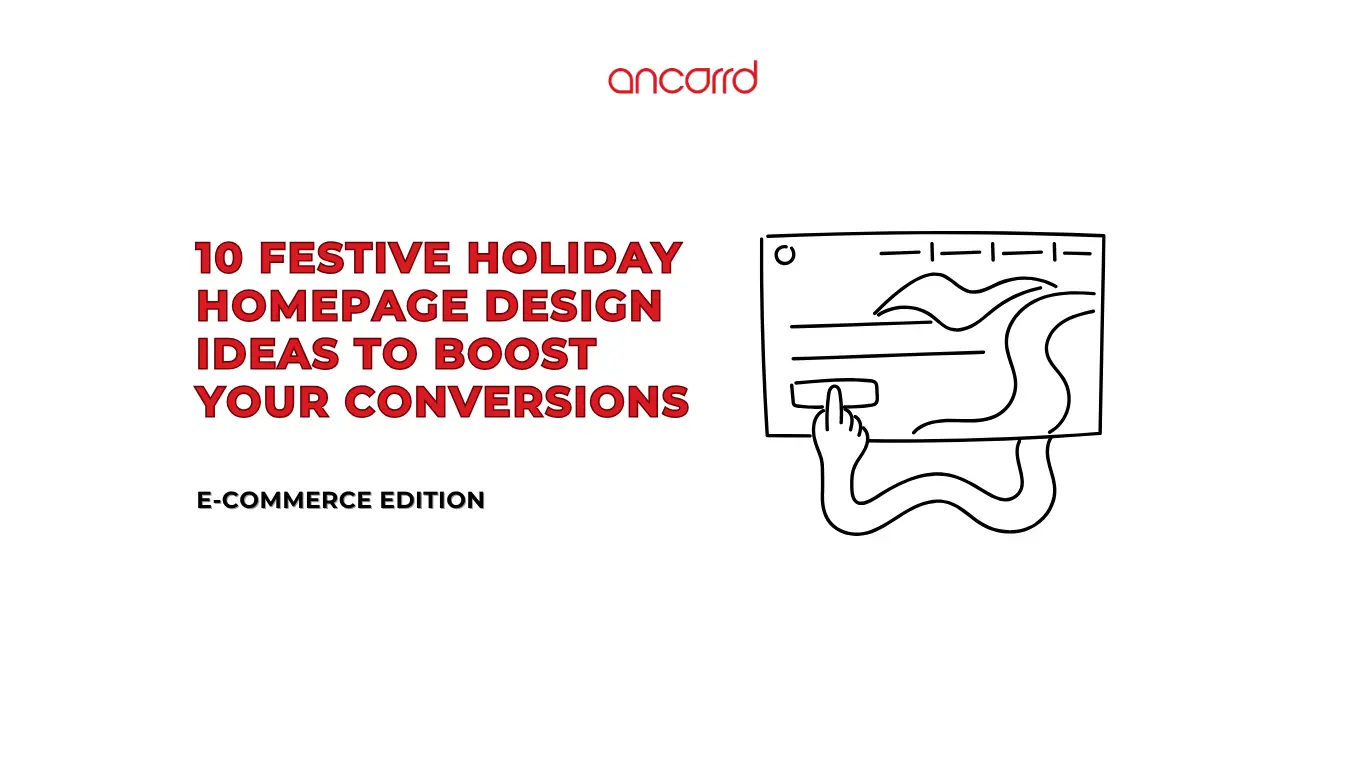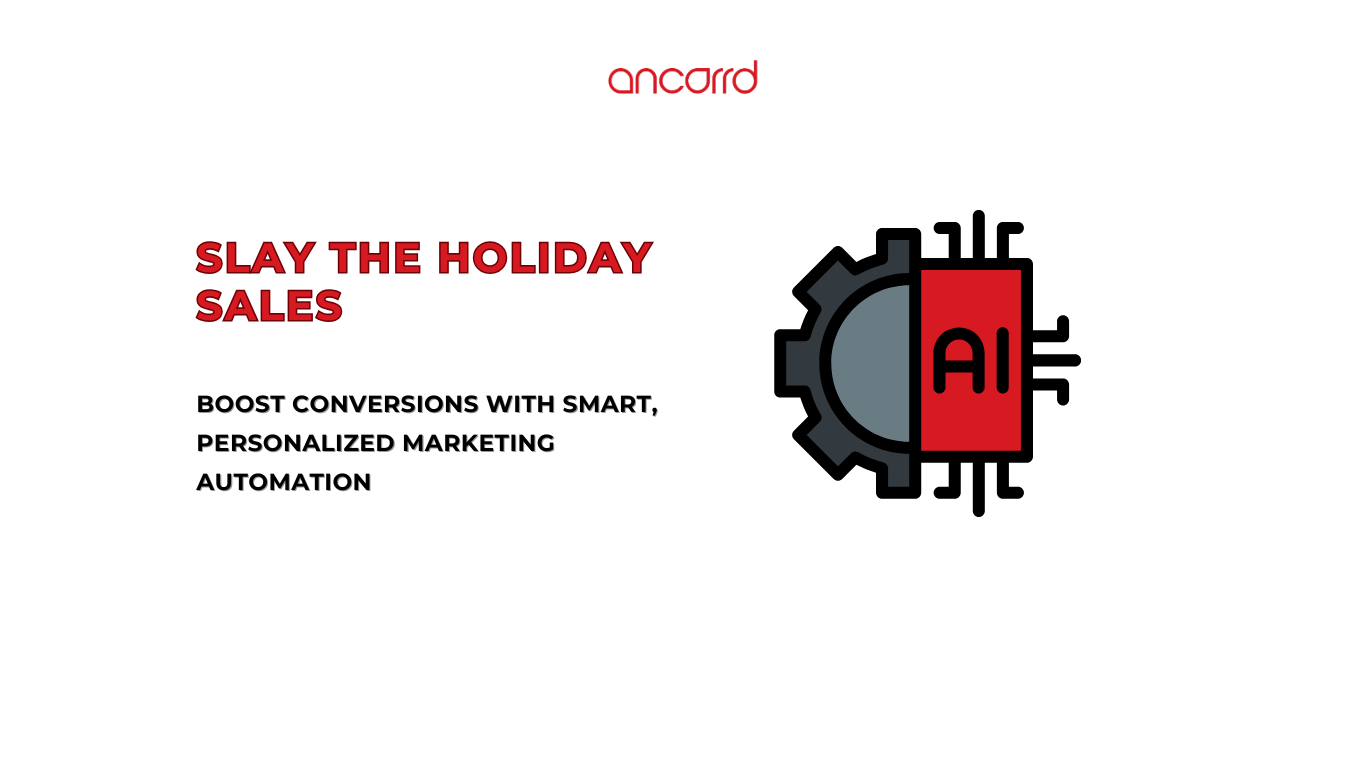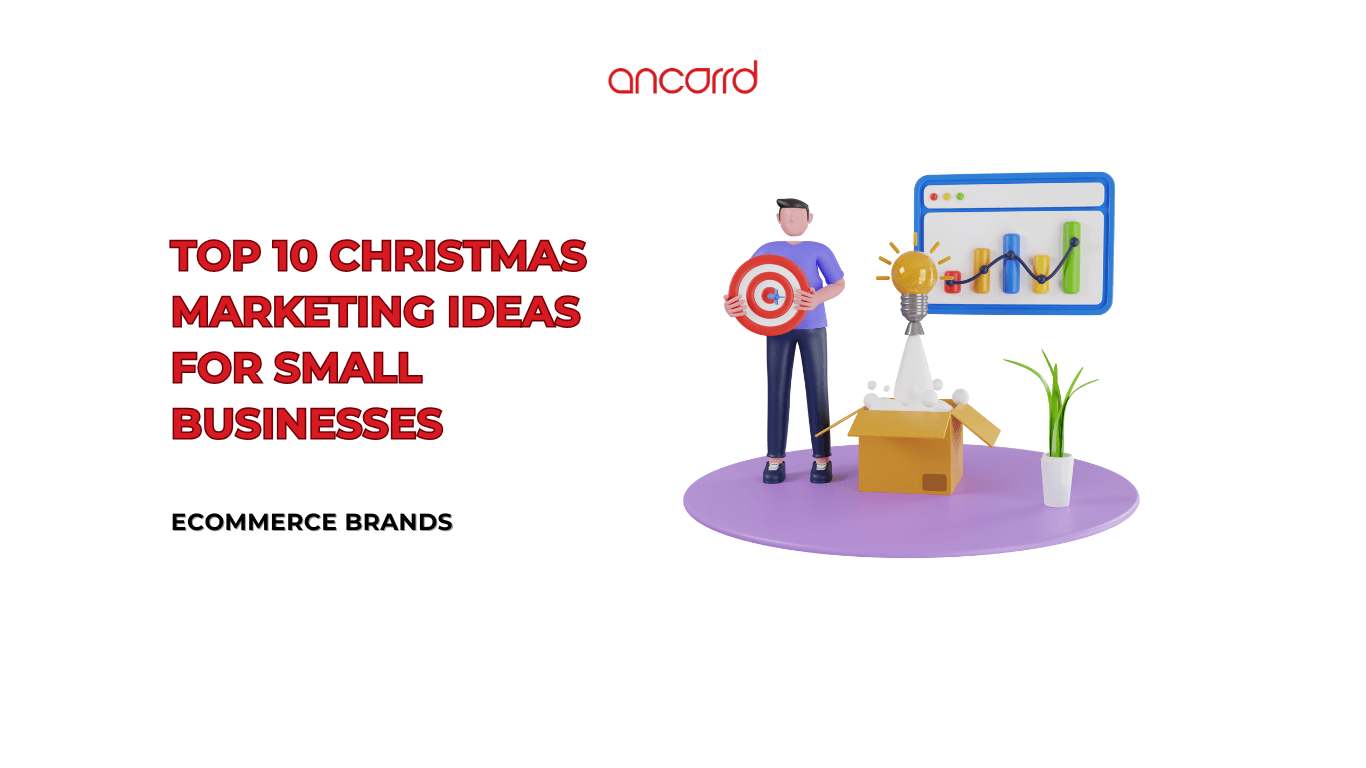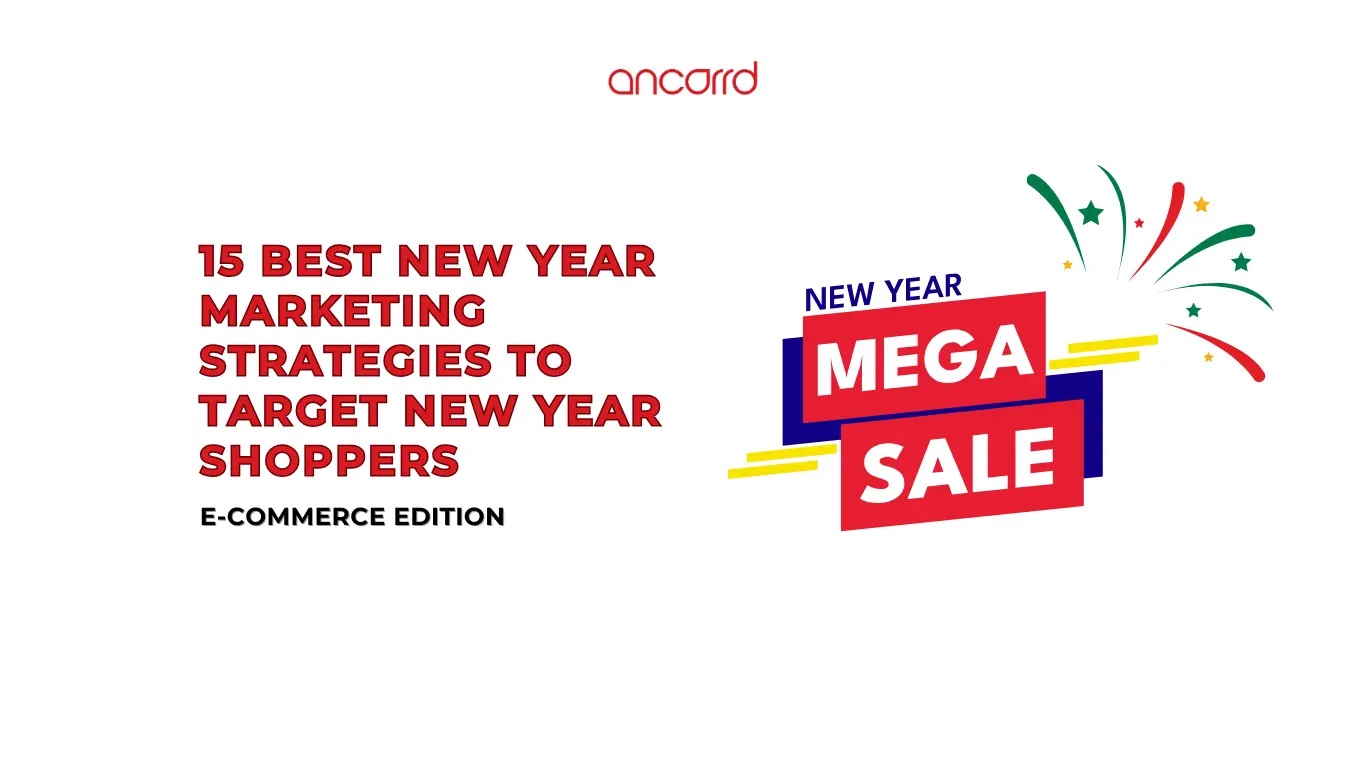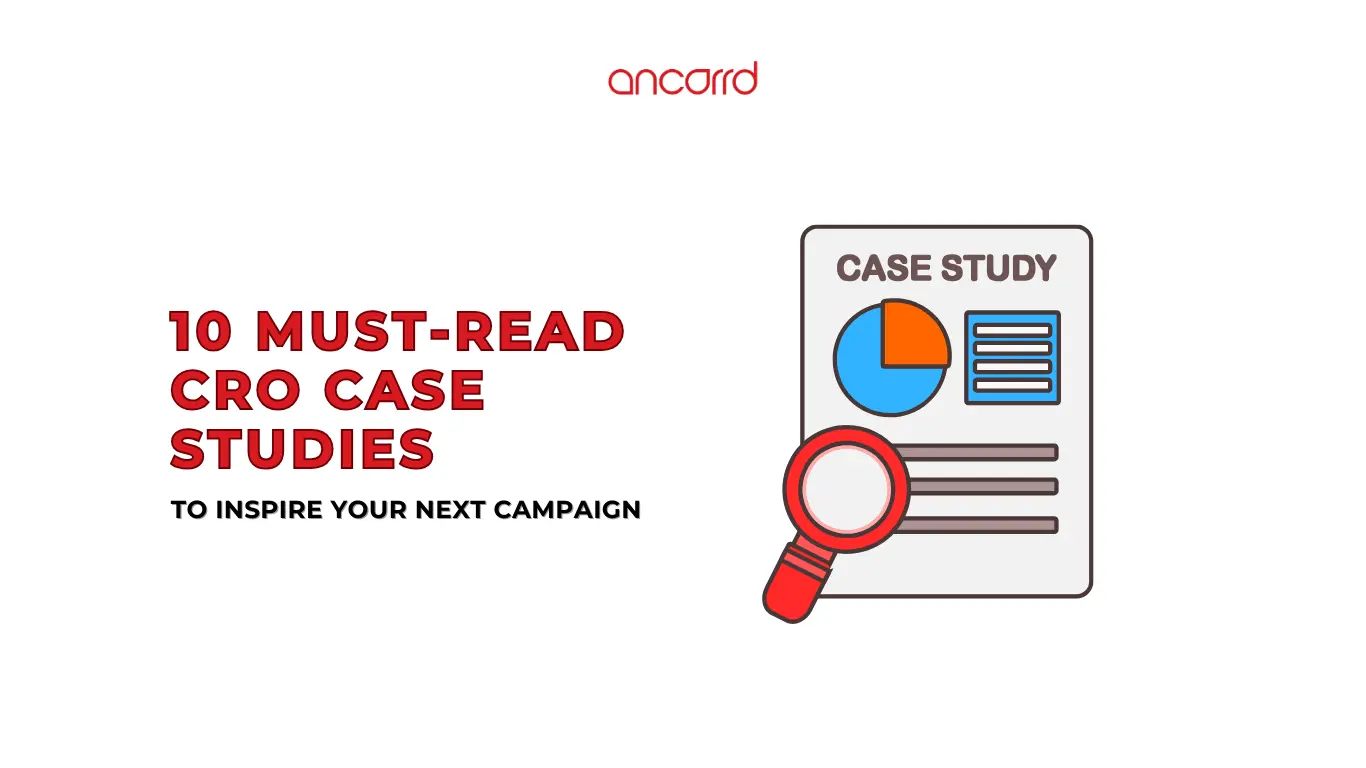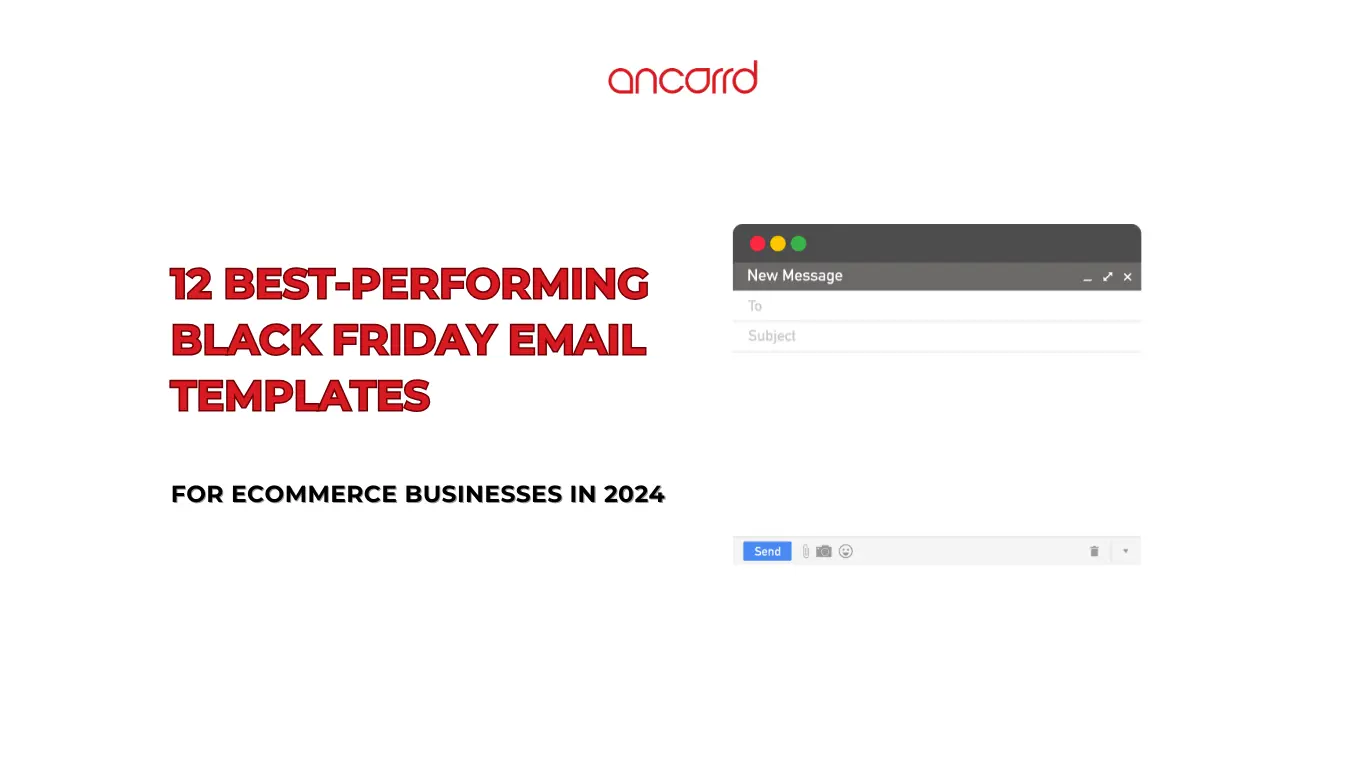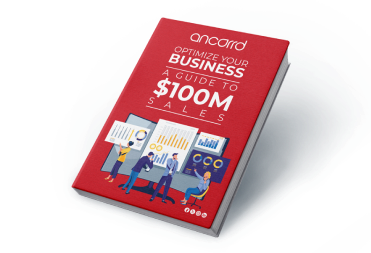Mastering Shopify SEO optimization isn’t optional—it’s essential. If customers can’t find your store on Google, you’re missing out on thousands of potential sales. This comprehensive guide will walk you through everything you need to know about Shopify SEO optimization in 2026, with actionable steps that deliver real results.
Why Shopify SEO Optimization Matters for Your Store
Before diving into tactics, let’s understand why Shopify SEO optimization should be your top priority. Organic search traffic is free, sustainable, and converts better than paid advertising. When someone searches for “organic cotton t-shirts” and finds your store on Google’s first page, they’re already interested in what you’re selling.
According to recent data, 44% of people start their online shopping journey with a search engine. Without proper Shopify SEO optimization, you’re invisible to nearly half your potential customers.
Understanding Shopify’s Built-In SEO Advantages
The good news? Shopify provides excellent SEO foundations automatically—mobile-responsive themes, automatic sitemaps, and fast loading speeds. However, ranking on page one requires optimizing beyond these basics.
Step 1: Master Keyword Research for E-commerce
Your Shopify SEO optimization journey starts with understanding what customers search for.
How to Find Profitable Keywords
Start by brainstorming seed keywords related to your products. If you sell handmade candles, consider terms like “soy candles,” “aromatherapy candles,” or “eco-friendly candles.”
Free tools for keyword research:
- Google Keyword Planner
- Ubersuggest
- Answer The Public
- Google autocomplete suggestions
Focus on long-tail keywords (3-4 word phrases) with clear buyer intent. These terms face less competition and attract customers ready to purchase. For example, “best lavender soy candles for relaxation” beats the generic “candles.”
Pro tip: Analyze competitor stores to identify keyword gaps and opportunities they’re missing.
Step 2: Optimize Your Shopify Store Structure
Proper site architecture improves both user experience and Shopify SEO optimization.
Create Logical Collections
Group similar products strategically. Instead of one massive “Products” page, create specific collections like:
- Winter Collection
- Gift Sets Under $50
- Vegan Skincare Essentials
- Best Sellers
Perfect Your URL Structure
Edit URLs to be short, descriptive, and keyword-rich. Transform “/products/product-12345” into “/products/lavender-soy-candle.” Clean URLs improve click-through rates and rankings.
Implement Breadcrumb Navigation
Breadcrumbs help users understand their location on your site while creating valuable internal linking opportunities—both crucial for Shopify SEO optimization.
Step 3: Master On-Page SEO for Product Pages
This section delivers the biggest Shopify SEO optimization impact.
Optimize Title Tags
Include your primary keyword near the beginning. Format: “Primary Keyword | Brand Name.” Keep titles under 60 characters to prevent truncation in search results.
Example: “Organic Lavender Soy Candle | Ancorrd Home”
Write Compelling Meta Descriptions
Create unique 150-160 character summaries that include keywords and clear value propositions. Your meta description is free advertising space in Google results.
Craft Detailed Product Descriptions
Write unique descriptions exceeding 300 words for each product. Include relevant keywords naturally while prioritizing readability. Describe benefits, not just features.
Structure your descriptions with:
- Opening paragraph with primary keyword
- Bullet points for specifications
- Detailed benefits and use cases
- Clear call-to-action
Optimize Images for SEO
Image optimization significantly impacts Shopify SEO optimization:
- Rename files before uploading (e.g., “organic-lavender-candle.jpg” instead of “IMG_1234.jpg”)
- Compress images to under 200KB without quality loss
- Add descriptive alt text for every image
- Use WebP format when possible for faster loading
Enable Customer Reviews
User-generated content adds fresh, keyword-rich material to your pages while building trust—a win-win for Shopify SEO optimization.
Step 4: Optimize Collection Pages
Collection pages are powerful SEO assets often overlooked in Shopify SEO optimization strategies.
Write unique descriptions (150-250 words) for each collection incorporating relevant keywords. Explain what makes the collection special and who it serves. Include related internal links to products and blog posts.
Step 5: Create an SEO-Optimized Blog
A blog amplifies your Shopify SEO optimization efforts exponentially.
Why Blogging Drives E-commerce Traffic
Blog posts help you rank for informational keywords that potential customers search before purchasing. Someone searching “how to choose candle fragrances” isn’t ready to buy today—but they might be next week.
Content Ideas for E-commerce
- How-to guides related to your products
- Product comparison articles
- Industry trend analyses
- Customer success stories
- Seasonal gift guides
- Behind-the-scenes brand stories
Blog SEO Best Practices
Write comprehensive posts (1,000-1,500 words minimum). Include relevant images with optimized alt text. Add internal links to related products and blog posts. Link to authoritative external sources like industry publications and research studies.
Structure content with:
- H2 and H3 headings containing keywords
- Short paragraphs (2-3 sentences)
- Bullet points for scanability
- Clear subheadings every 200-300 words
Step 6: Build Strategic Internal Links
Internal linking strengthens your Shopify SEO optimization by distributing page authority and improving navigation.
Link blog posts to relevant products and collections. Connect related products to each other. Point homepage links to important category pages. Use descriptive anchor text—instead of “click here,” write “shop our lavender candle collection.”
Target: 3-5 internal links per page for optimal results.
Step 7: Master Technical SEO Fundamentals
Technical Shopify SEO optimization ensures search engines can properly crawl and index your store.
Improve Site Speed
Page speed directly impacts rankings and conversions:
- Use compressed, optimized images
- Choose lightweight, well-coded themes
- Limit app installations (each adds code)
- Enable lazy loading for images
- Minimize custom code and scripts
Test your speed with Google PageSpeed Insights and aim for scores above 80.
Ensure Mobile Optimization
Over 60% of e-commerce traffic comes from mobile devices. Test your store on multiple devices ensuring:
- Buttons are easily tappable
- Text is readable without zooming
- Checkout flows smoothly
- Images display properly
Verify SSL Security
Shopify provides SSL certificates automatically, but verify your site displays “https://” in the URL. Security is a confirmed ranking factor.
Fix Broken Links
Regularly check for 404 errors using Google Search Console. Redirect broken URLs to relevant pages with 301 redirects to maintain SEO value.
Step 8: Implement Schema Markup
Schema markup helps search engines understand your content, potentially earning rich snippets in search results—a powerful Shopify SEO optimization technique.
Shopify includes basic product schema automatically. Enhance it with apps like JSON-LD for SEO to display:
- Star ratings
- Price information
- Availability status
- Product reviews
FAQ schema is particularly valuable for blog posts, helping you capture featured snippets.
Step 9: Build Quality Backlinks
Backlinks from authoritative websites signal credibility to search engines, making them essential for Shopify SEO optimization.
Ethical Link-Building Strategies
- Guest posting on industry blogs
- Product features in gift guides and roundups
- Brand partnerships for cross-promotion
- Shareable content like infographics and original research
- Influencer collaborations and reviews
- Digital PR for newsworthy brand stories
Focus on relevance and quality over quantity. One link from an established industry publication outweighs dozens from low-quality directories.
Step 10: Optimize for Local SEO (If Applicable)
If you have a physical location or serve specific regions, local Shopify SEO optimization drives foot traffic and nearby online customers.
Local SEO checklist:
- Create and optimize Google Business Profile
- Include city and region in relevant page titles
- Build location-specific pages if serving multiple areas
- Encourage customer Google reviews
- List your business in local directories
Step 11: Monitor Performance and Adjust Strategy
Successful Shopify SEO optimization requires ongoing monitoring and refinement.
Essential SEO Metrics
Track these key performance indicators:
- Organic traffic trends
- Keyword rankings
- Organic conversion rate
- Pages per session
- Bounce rate
- Page load speed
Critical SEO Tools
- Google Analytics (free): Track traffic sources and user behavior
- Google Search Console (free): Monitor search performance and technical issues
- Shopify Analytics: Built-in insights about store performance
- Rank Math or Yoast: WordPress SEO plugins for content optimization
Review data monthly to identify patterns. Which blog posts drive the most traffic? Which product pages have high bounce rates? Double down on what works and optimize underperforming content.
Common Shopify SEO Optimization Mistakes to Avoid
Duplicate Content
Write unique descriptions for every product. Never copy manufacturer descriptions that appear across dozens of competitor sites. Google penalizes duplicate content severely.
Thin Content
Pages with minimal text (under 300 words) struggle to rank. Provide comprehensive, valuable information on all important pages.
Ignoring Search Intent
If someone searches “best running shoes for beginners,” they want comparison guides, not direct product pages. Match your content format to searcher expectations.
Keyword Stuffing
Maintain keyword density between 0.8-1.5%. Overusing keywords looks spammy and triggers penalties. Write naturally for humans first.
Neglecting Mobile Users
Over half your traffic likely comes from mobile devices. Mobile-unfriendly sites suffer in rankings and conversions.
Advanced Shopify SEO Optimization Tips for 2026
AI-Powered Search Optimization
With Google’s AI Overviews and SGE (Search Generative Experience), optimize content to appear in AI-generated summaries. Focus on clear, concise answers to common questions and structured data markup.
Voice Search Optimization
Optimize for conversational, question-based queries as voice search continues growing. Include comprehensive FAQ sections addressing common customer questions.
Video Content
Product videos increase engagement and dwell time—both positive ranking signals. Add:
- Product demonstrations
- Unboxing videos
- Customer testimonials
- Behind-the-scenes content
User Experience Signals
Google increasingly prioritizes exceptional user experiences. Focus on intuitive navigation, fast loading, helpful content, and seamless checkout processes.
E-E-A-T Principles
Demonstrate Experience, Expertise, Authoritativeness, and Trustworthiness through:
- Detailed about pages
- Clear contact information
- Customer reviews and testimonials
- Expert content and credentials
- Professional design and copywriting
Your 90-Day Shopify SEO Optimization Action Plan
Month 1: Foundation
Week 1:
- Install Google Analytics and Search Console
- Conduct thorough keyword research
- Audit current site structure
Week 2:
- Optimize top 10 product pages
- Fix critical technical issues
- Improve site speed
Week 3:
- Optimize collection pages
- Create internal linking strategy
- Set up schema markup
Week 4:
- Publish first blog post
- Build initial external links
- Create content calendar
Month 2: Content and Authority
- Optimize remaining product pages
- Publish 4 high-quality blog posts
- Reach out for guest posting opportunities
- Build 5-10 quality backlinks
- Create product videos
Month 3: Scale and Optimize
- Analyze performance data
- Refine keyword targeting
- Expand content production
- Continue link building
- Update and improve existing content
- Test and optimize conversion elements
Ready to Transform Your Shopify Store?
Shopify SEO optimization is a marathon, not a sprint. You won’t rank #1 overnight—and that’s perfectly fine. Stores that succeed with SEO consistently publish quality content, optimize their pages, and prioritize genuine customer value.
Start with the fundamentals in this guide, stay patient, and keep learning. As your store gains authority and relevance in search engines, you’ll build sustainable qualified traffic that doesn’t disappear when ad budgets run out.
Remember: The best Shopify SEO optimization strategy involves building a store that deserves to rank—one with helpful content, quality products, and exceptional customer experiences. Focus on that, implement these technical optimizations, and rankings will follow.
Take Your Shopify Store to the Next Level with Expert Help
At Ancorrd, we specialize in helping e-commerce businesses maximize online visibility through strategic SEO and digital marketing. Our proven Shopify SEO optimization strategies have helped dozens of stores increase organic traffic by 200-500%.
Ready to dominate Google search results? Book a free consultation to discuss your store’s SEO potential and receive a customized growth strategy.
Want to connect and learn more about e-commerce SEO strategies? Follow me on LinkedIn – Sundus Tariq for regular tips, industry insights, and success stories from the world of digital marketing.
Your success story starts with better SEO. Let’s make it happen together.
